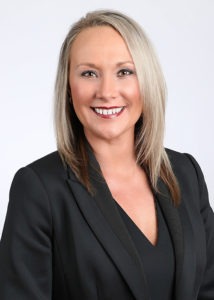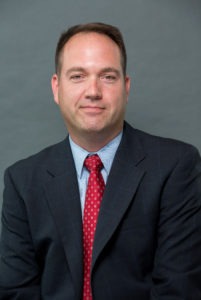Planning for the Challenge: How Your Facility Can Ensure All Shifts Are Covered When You’re Short-Staffed

Shane Riccio, producer, Graham Company
Even with careful planning, senior care facilities can still experience short-staffing periods that make it difficult to cover all shifts. When a facility operates with limited staff, it can stress and overwhelm current staff and negatively affect the quality of care that residents receive. With a plan in place, a facility can help to ensure that all shifts receive the coverage they need, even when staffing is unexpectedly limited.
Maximize Key Employees’ Time
One of the best practices to help staff navigate times of short staffing is to make sure that key employees’ time is used effectively. Shane Riccio, producer at Graham Company, is responsible for risk-management programs for senior care facilities through Graham Company’s Health & Human Services Division. Riccio explains that often, key staff, like Certified Nursing Assistants’ (CNAs) time is underutilized.
“Ask CNAs what their daily routine and tasks are, and you’ll find that about 20 to 30 percent of their time is spent completing tasks that could be done by a nurse or an aide. These are tasks like stripping a bed. In many cases, stripping beds is part of a CNA’s daily routine, but that time could be better spent caring for another person, reviewing a medical file, or administering a prescription.”
Facilities can maximize the time of their key staff by employing volunteer programs or by having lower-skilled staff take responsibility for these tasks, increasing CNAs’ capacity during times when staff is limited.
Turn to Current Staff
Current staff may be able to help with immediate shift coverage needs. A facility should communicate its staffing shortage and staffing needs with employees immediately. Offering overtime and other incentives can encourage staff to pick up extra shifts. This can be a short-term, immediate coverage solution that gives the facility a bit more time to put long-term solutions in place.
Hire Temporary Staff
Hiring temporary staff can quickly address staff shortages, but this needs the same deliberate approach that a facility would use when hiring long-term staff. “Temporary staffing should go through an onboarding and training process that’s similar or the same as what full-time employees receive,” states Riccio. “Ultimately, you could have a workers’ compensation or employment practices claim from those employees.” With facilities investing time and training into temporary staff, it’s important to hire talented staff who are a good fit for the position and facility.
Riccio notes that facilities often hire temporary workers through staffing agencies that may have received hundreds of resumes, but that may not have interviewed or done background checks on these applicants.
It’s important to make sure to partner with the correct staffing agency that can source and screen quality applicants. Agencies that implement integrity testing or behavioral interview analysis can help to find temporary staff who are well-suited to the position and facility, states Riccio.
Focus on Becoming the Employer of Choice
With high turnover being a major issue in the senior care industry, facilities can help to minimize this problem by working to become the employer of choice in their regions. Riccio recommends that facilities use multiple techniques to make their facilities highly desirable places of employment:
- Hire selectively
- Establish a strong onboarding program that provides a history of the company
- Have staff spend time with executives
- Establish a mentorship program for new hires
- Implement little staff rewards and incentives, like pizza parties
“All of these elements add up and contribute to the culture of the organization,” says Riccio. Becoming an employer of choice can help a facility to appeal to quality candidates, and it can also encourage loyalty among current staff.
Slow Down the Hiring Process
During periods of short staffing, a facility may feel pressure to quickly hire staff, but that can be a mistake. “So often clients are looking for someone to fill a shift and they hire someone who may not be the best candidate, and who may leave in a month,” explains Riccio. “It’s costly to hire, train, and then lose a person a month or a year later. Hiring the wrong person could lead to a workers’ compensation, employment practices, or client injury claim. The cost of that employee just significantly increased.”
Instead, Riccio recommends that facilities slow down their hiring processes. “We’ve helped our clients to revamp their hiring process and onboarding process, with a focus on culture from the start. This has resulted in lower turnover,” says Riccio.
Many of these processes take time to plan and implement, so facilities should start creating these structures and changes well before they find themselves short-staffed. With processes and plans in place and ready to go, facilities will be better able to cope with short-staffing periods and ensure that all shifts are covered.

Paige Cerulli is a contributing writer to i Advance Senior Care.
Related Articles
Topics: Featured Articles , Staffing , Training











